Indian theatre has a long history of resistance and activism. From anti-British narratives during the freedom struggle to voicing the issues of marginalised castes and communities, theatre has provided a platform for people to interact with each other at the community level.
Feminism is one such movement that has found a voice through theatre in the last few decades. While other mediums of popular culture have been criticised for their regressive themes and stereotypical representations, Indian theatre has often been praised for its focus on women’s issues, with bold narratives and progressive representations.
Indian feminist theatre is an intersection of art and activism, and a product of political as well as theatrical movements. Feminist theatre narratives emerged in the 1970s in different towns and cities across India, as a response to the male-centric discourses and traditions in regional theatre. So Indian feminist theatre is not limited to a particular language or theatrical tradition, but is identified by its subversion of male-dominant narratives, and its focus on the issues of female and other marginalised identities.
History of the Feminist Movement in Indian Theatre
Although India’s theatrical history can be traced back to the 1st century BCE, it lacked substantial female representation till the 19th century. A reason for this could be the systemic erasure of female voices from India’s cultural history. This has been perfectly captured by Tuntun Mukherjee, who writes: “The denial of education to women, the male exclusivity in the print culture, the tendency to ‘vulgarise’ and ‘devalue’ oral culture (generally the female domain), the separation of the private and public space have all served to confine women to certain genres and restrict or erase their presences in others”.
In many theatre traditions, even female characters were played by male actors. The female writers and artists that did exist have been delegitimised as sex workers and singers from marginalised communities.
Indian feminist Theatre is an intersection of art and activism, and political as well as theatrical movements.
Feminist ideology seeped into Indian theatre during the 1970s, when socially relevant narratives, including women’s issues, became popular among the masses. This doesn’t mean that there were no plays written by women or featuring female issues before the 1970s. The Wedding Tangle (1904) by Swarnakumari Devi, sister of Rabindranath Tagore, explored the agency of a woman within the context of larger issues such as class struggle and widow marriage. The play has intersectional themes, analysing that certain identities are more privileged than others.

Experimental and street theatre, which was gaining momentum then, allowed for these issues to be discussed in non-commercial, and often public spaces. This allowed for the staging of stories on dowry, sex-selective abortion, sexual violence, illiteracy and gender discrimination. For instance, Jan Natya Manch (People’s Theatre Front) performed a street play Aurat (Women) in 1979, addressing issues such as dowry harassment and domestic violence. It also helped to strengthen the Indian feminist movement, which caught momentum in the 1980s.
The feminist theatre movement wasn’t just about discussing women’s issues, but also about encouraging more women to enter the world of theatre as creators, writers and artists. In the next two decades, women’s voices became an integral part of mainstream Indian theatre. Several theatre groups organised festivals and workshops to train and celebrate the entry of women into theatre.
Pole Sengupta (English), Gitanjali Shree (Hindi), Irpinder Bhatia (Hindi), Neelam Mansingh Chaudhury (Punjabi), Binodini (Telegu), B. Jyashree (Kannada), Shanoli Mitra (Bengali), Usha Ganguli (Hindi), Sushma Deshpande (Marathi), and Qudsia Zadie (Urdu) are only some of the female playwrights that began writing during this period. While all women playwrights were not necessarily feminist authors, they began writing women-centric plays, which encouraged more female performers into the field. For example, Rangkarmee’s Beti Aayee (A Girl is Born) on discrimination against the girl child, had an all women cast.
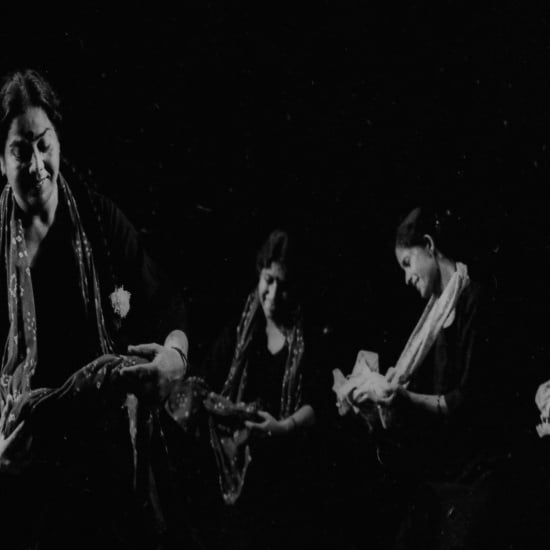
The growth in female-centric narratives not only provided a different perspective on women’s issues (compared to male voices on the same issues), but also led to a more authentic portrayal of women, their daily life, their sexuality and desire, and their relationships with other women. This led to a new type of audience, one that was interested in women’s issues, and who were often themselves women.
Also Read: Praatohkrityo: A Dance Theatre Led By Women
Feminist Theatre In Later Stages
Today, feminist theatre has been formally recognised as a distinctive type of theatre in India, with its history and theory published in major journals. Books and anthologies have been published to preserve women-authored narratives and translate them into other languages to ensure a larger reach.
Feminist theatre focuses on female characters and explores themes of relationships, sisterhood, sexuality and female autonomy. Lights Out (1986) by Manjula Padmanabhan explores the male and female perspectives on violence against women. Showing the normalisation and apathy to gender violence in Indian society, the play raises questions about domestic violence (can crime be categorised as private and public?) and violence against sex workers (Can a sex worker not seek justice against sexual violation?).
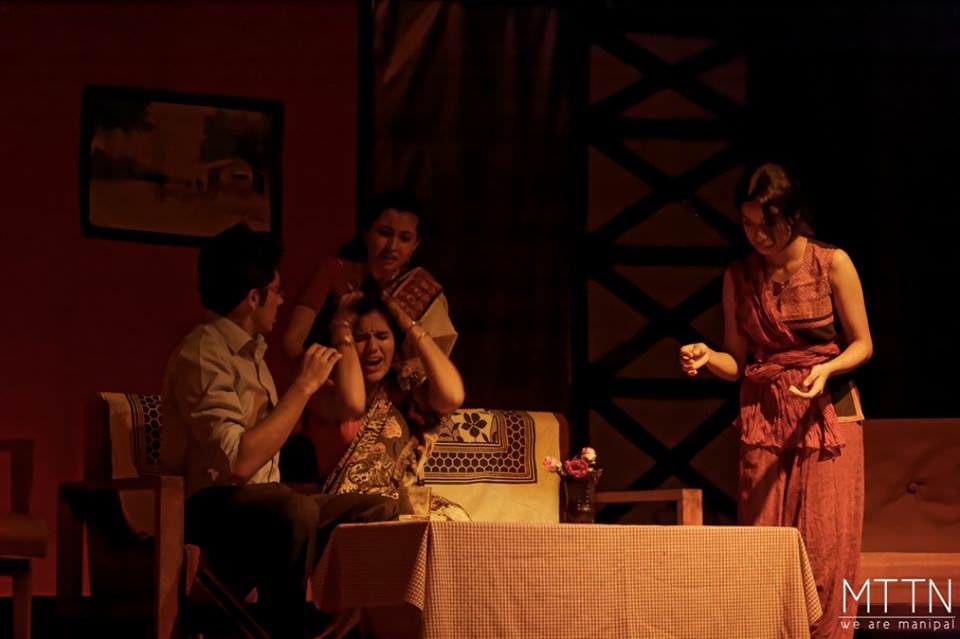
Feminist plays do not always follow a linear narrative of exposition-conflict-resolution. They are focused on the recognition of bias or injustice, and often lead to open-ended conclusions. As such, feminist narratives are more fluid, juxtaposed between past and present, or between the lived experiences of more than one protagonist.
Reinterpretation or modernisation of mythology is another common method of subverting narratives. Mallika Sarabhai’s Sita’s Daughters (1990) is a one-woman dance-drama that juxtaposes the medieval Sita with modern female sufferings. Here, Sita is not a submissive wife and mother, but a vocal and questioning woman who vows to rewrite her story the next time around.
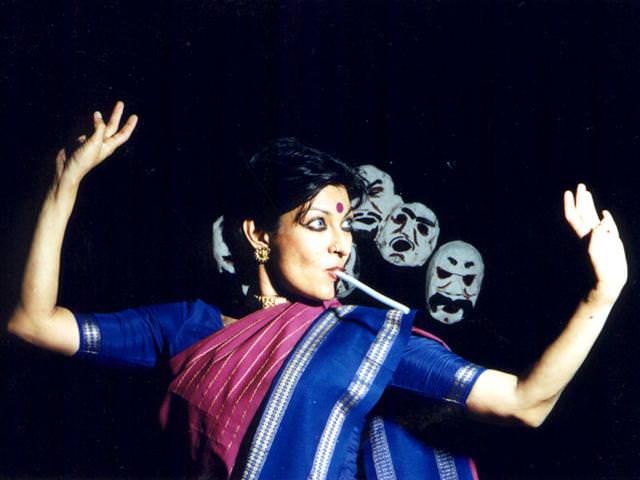
Today, feminist theatre is still community-centric, used to collect and share stories of abuse, assault and agency. Feminist texts have also revisited the violence of the India-Pakistan violence, focusing on the mass abduction, rape and mutilation of women that took place during that time.
Influenced by the queer movement, many feminist plays are based on the premise that gender and sexuality are fluid. Faezeh Jalali’s Shikhandi: The Story of the In-betweens explores gender fluidity and trans identities through the myth of Shikhandi.
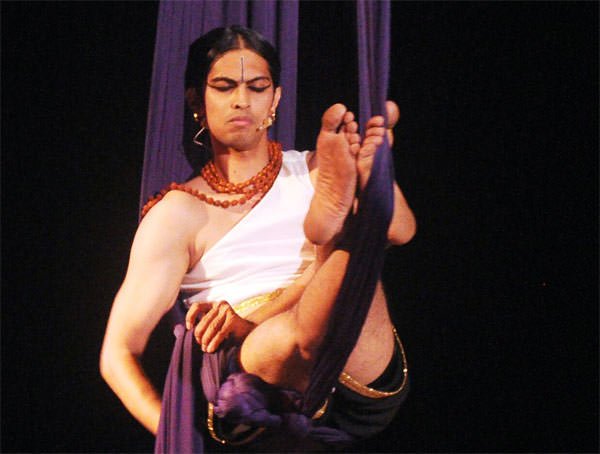
At its core, Indian feminist theatre is an effective form of artivism. The expansion of theatre as an art form has provided a space for femme voices, whether for self-exploration or criticism. The goal of almost all feminist groups is not just to subvert expectations, but to initiate actual change in women’s lives.
Feminist narratives are fluid, juxtaposed between past and present, between lived experiences of more than one protagonist.
Feminist discourse identifies several large issues that feminist theatre at large must address – equal pay, equal education and opportunities, financial and legal independence, an end to discrimination against lesbians, women’s rights to define their sexuality and freedom against violence. However, it is difficult to measure the impact feminist theatre has had on Indian culture or society as a whole.
Indian feminist theatre remains a small part of the larger feminist discourse in the country. But it should still be celebrated and documented as a form of self-expression and sociopolitical criticism.
References
- Aesthetics of Indian Feminist Theatre
- Feminist Street Theatre: Plays as Contemporary History
- Realizing Gender: The Space for a Gaze and Aggression in Women’s Theatre
- Gestic Feminist Dramaturgy: A Study of Contemporary Indian Feminist Plays
- Female Playwrights and the Theatre in India: Challenges and Perspectives
- Theatre in Resistance: Activism, Agitation and Protest in the Performing Arts
Featured Image Credit: Scroll
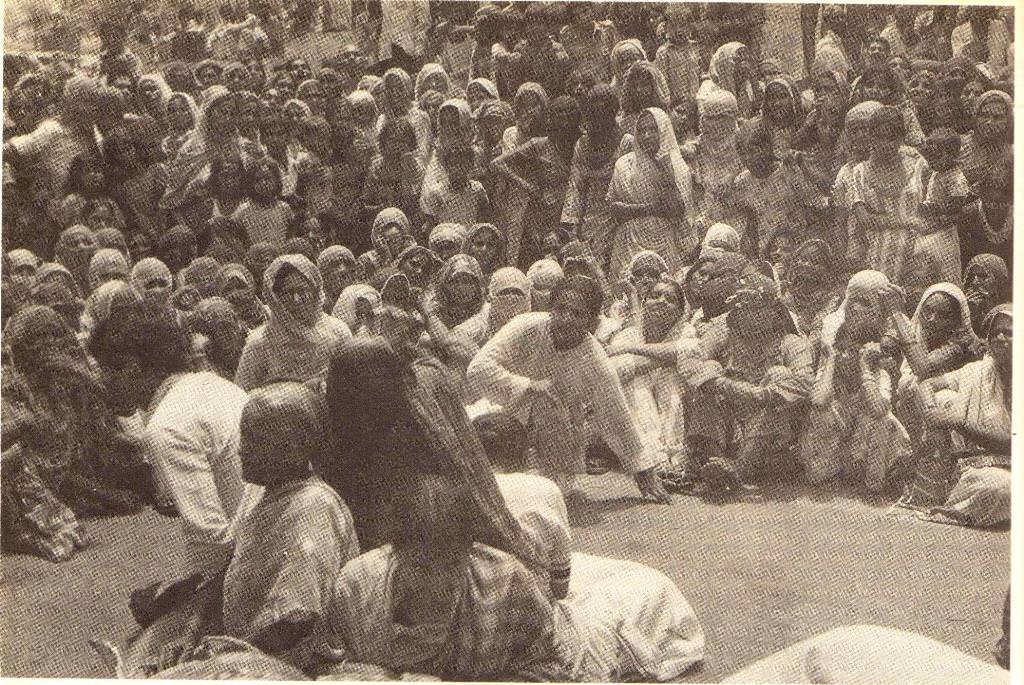




Hello! I am an actress currently working in San Francisco, California and I found this article incredibly interesting. I’m traveling to India this December and will be visiting as many places as I can for about 3 months. I would of course love to see some theatre, especially the kind discussed above. Are there any resources available to track current performances or feminist theatre groups? Any advice would be super helpful. Thank you!